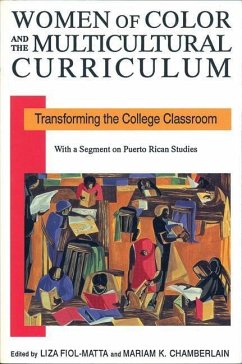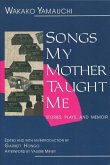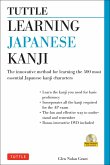The product of 13 curriculum projects that involved several hundred educators nationwide, this volume provides faculty and administrators with a guide to multicultural curricular change-especially with respect to women. While womenrepresent over halfof the college students on campus, they are still represented only minimally in the allegedly "mainstream" curriculum. Women of color are far less visible in the curriculum than white women. Both the process and the results of a Ford Foundation funded project are presented here in a format that allows browsing and promotes reading straight through. The volume is divided into three major sections, the first of which highlights the actual process of faculty transformation and administrative support essential to curricular changes as it occurred on two of the participating campuses, U.C.L.A. and George Washington University. Extensive multidisciplinary faculty development syllabi are provided. Section Two conatins 37 transformed undergraduate course syllabi for courses in sociology, American history and literature, and more, with brief essays describing professors' encounters with teaching the new texts. Section Three is an invaluable interdisciplinary guide to teaching about Puerto Rican women, prepared by a team of scholars at SUNY, Albany. It provided information about Puerto Rican women inside and outside Puerto Rico, as well as teaching strategies for integrating such information into the traditional curriculum. This volume shows that essential educational change-to meet the diversity of U.S. students-may be somewhat slower than one would wish, and more difficult, but it is complex, challenging, and intellectually exciting.
Hinweis: Dieser Artikel kann nur an eine deutsche Lieferadresse ausgeliefert werden.
Hinweis: Dieser Artikel kann nur an eine deutsche Lieferadresse ausgeliefert werden.







